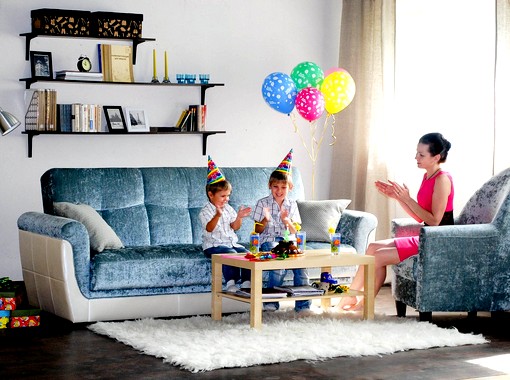
Home furnishings value sales declined by two percent at current 2015 prices to reach RUB679.2 billion (USD10.56 billion) in 2015. In 2015, light-emitting diode lamps (LED) showed the most dynamic growth of 34 percent, reaching RUB4.9 billion (USD0.08 billion) in sales.
The sales of large home furnishings products were negatively affected by the tightening of consumer lending. Ikea Dom holds the leading position in home furnishings, with a 13-percent value share in 2015. The home furnishings category is expected to post a negative two-percent-value compound annual growth rate (CAGR) at constant 2015 prices over the next five years, reaching RUB607.5 billion (USD9.45 billion) in 2020.
Trends
The home furnishings market in 2015 was adversely impacted by the rouble’s devaluation and the subsequent rise in the prices of imported goods. Consumption was also hit by the economic uncertainty, with the consumers’ decreasing purchasing power resulting from the decline in currency value, high utility bills, and the mortgages limiting consumer spending.
At the end of 2014, fluctuations in currency exchange rates and the sharp drop of the rouble’s value caused panic in non-grocery retail categories. In order to hold the value of their savings, people started to seek valuable assets, including real estate, household appliances, and furniture. This contributed to a surge in home furnishings sales at the end of 2014. However, the situation deteriorated in 2015, as the Russian currency continued losing value. This time, however, the demand for home furnishings was not positively impacted, and the value of sales fell by two percent in current terms to reach RUB679.2 billion (USD10.56 billion) in 2015.
In 2015, light-emitting diode lamps showed the fastest value sales growth of 34 percent, followed by lighting fixtures, which demonstrated a 14-percent annual growth, and beds, where value growth was estimated at 11 percent in 2015. The demand for LED lamps was not saturated by 2015, which was the main reason for the continuation of rapid growth in that segment.
According to official statistics, 73 percent of Russian inhabitants live in flats and only 13 percent in houses, while the rest of the population lives in rented flats or in dwelling units provided by municipal authorities. Additionally, the area of an average flat does not exceed 60 sq. m., or 645 sq. ft. Living conditions result in the high popularity of sofa beds in Russia as the inhabitants of flats try to economize living space by using furniture that can be converted. It is the reason why value sales of sofa beds are more than double those of regular beds. In 2015, sofa beds held 63 percent of value sales in the sitting furniture category.
Barbecues have not gained great consumer popularity due to the tradition of shashlik-making in Russia, which can be cooked over an open fire. This explains why barbecues meet strong competition from mangals, special equipment for shashlik roasting. The advantages of a mangal are its low price, light weight and its do-it-yourself potential. A mangal is a steel box with legs, which has an opening for the wood or coal. The skewers with meat are placed on the top of the mangal. Shashlik is often cooked as the main dish during gatherings in the summer season. Shashlik events are held not only in gardens, but also outdoors, in camps, near rivers or in forests. This is why people prefer to use mangals and rarely small barbecues, as mangals can be easily packed in the car or carried by hand. Larger barbecues are mainly acquired by owners of big garden plots or private houses with higher incomes; otherwise the main users of barbecues are business representatives.
Home textiles value sales decreased by four percent in 2015. The sanctions regime in place between Russia and Western countries impacted the market structure in the textiles subcategory to a significant degree. The weakening of the rouble impacted importers and local producers that use imported raw materials in their production.
The sales of light sources showed a four-percent growth in 2015. The main sales drivers in the light sources category were the light-emitting diode lamps and the halogen lamps, led by the former, with a 34-percent sales value growth. In 2009, the Russian government approved a schedule to replace incandescent bulbs with energy-efficient light bulbs by the end of 2014. The actual transition period showed that energy-efficient lamps are too expensive for most of the population and are not effective due to obsolete lighting equipment. However, LED lighting is far from reaching maturity, and still shows dynamic value growth.
Internet retailing also left a noticeable impact in the home furnishings category. Russian retailers pay considerable attention to their websites. They are increasing the inventory of Internet stores, updating the content of web pages, improving photography content, and providing videos. Additionally, electronic catalogues are used to attract customers to offline points of sale. Improvements in logistics within the country, the emergence of trustworthy payment methods, and the organized delivery of bulky furniture items are the advantages that support the constant growth of Internet sales in the home furnishings sector. Additionally, retailers win as modern e-commerce solutions allow them to promote products more inexpensively compared to TV advertising and to analyze sales volume and consumer behavior automatically. Although home furnishings Internet sales did not exceed six percent of the retail value sales in 2015, there is potential for future development. Big home and garden specialist retailers were the leaders within the category with a 76-percent value share in 2015. Smaller home and garden non-grocery retailers, as well as open markets, lost their value share.
Competitive landscape
Ikea Dom reported the fastest growth of 14 percent and increased its retail value share to 13 percent in 2015. As in 2014, the company held the leading position within the Russian home furnishings sector. The consumers’ high degree of awareness of IKEA’s concept of offering modern design furniture at reasonable prices supports sales growth in Russia. Additionally, IKEA shopping centers in Russia constantly invest in building and modernizing retail outlets, improving Internet delivery logistics, and widening product selection. There are also targeted marketing campaigns that IKEA runs on an ongoing basis. During the consumer boom at the end of 2014, IKEA stores had the highest number of visitors. During the same year, IKEA strengthened its position in Russia by announcing the construction of a new furniture factory in Novgorod.
The Russian furnishings producer Stolplit-Rus OOO took the second place after Ikea Dom, with a retail value share of just under three percent in 2015. The company’s sound market position is predicated on its status as a local producer that is not dependent on imported raw materials for its production.
The potential for the presence in Russia of international brands has increased with the country’s accession to the WTO, which stimulated an increase of cheap imports from Asia. Overall, imports account for more than half of the sales. However, high transportation expenses, complicated logistics, and customs procedures are negative factors for furnishings imports, especially as the value of the rouble continues to decline.
Following Ikea Dom and Stolplit-Rus, the leading market positions are held by Russian furnishings producers Mebelnaya Fabrika Mariya, Askona Vek, and TDL Tekstil. The current economic conditions provide a competitive advantage for local manufacturers, especially those that do not use imported raw materials or equipment in their production.
The competitive environment in the Russian home furnishings sector did not change significantly in 2015 in terms of the shares held by the leading brands. The environment remained highly fragmented. IKEA was the only brand with a noticeable share in 2015, with 13 percent of the market. The most concentrated categories were light sources and mattresses. The least concentrated subcategories were home textiles, where the majority of domestic manufacturers tend to be niche-focused companies.
Growing Internet sales are forcing companies to invest in Internet store development and the promotion of social networks. For example, Zara Home launched a Russian version of its online store in 2014. The new portal features information on special promotional activities. It is also clear that Internet advertising appears to have become the core promotional tool. Along with information about products, companies post news about their social, financial, and strategic development activity. Additionally, it is easier for companies to analyze the effectiveness of advertising, the number of clients, and sales content.
Mass-market brands remained the most popular among Russian consumers of home furnishings in Russia due to their overall low level of purchasing power. This trend will strengthen over the next five years, with the continuing decline in purchasing power expected under the impact of negative economic conditions.
Prospects
The reduction in real property sales, difficult access to credit, and income cuts will have a negative impact on furnishings sales over the next five years. The growth in home furnishings imports from China and other Southeast Asian countries, partly as a result of sanctions between Russia and a number of Western countries, will put additional pressure on local producers, making competition sharper. The competitive environment will stay highly fragmented, with the exception of light sources. The strength of the U.S. dollar and the euro relative to the rouble will result in price growth of both imported and locally-produced products, as equipment and spare parts for furnishings production are often purchased overseas.
Home furnishings sales are predicted to show a negative CAGR of two percent at constant 2015 prices over the next five years. In comparison with the previous five-year period, when home furnishings showed a marginally negative CAGR of negative one percent at constant 2015 prices, future development will be held back by economic stagnation. Sales decreases will be observed in all main categories, especially over the short term. Lighting sources are expected to show better performance due to the development of LED lamps. In 2017, the decline in sales will slow down; however, recovery is expected to occur only in 2019, when stronger economic performance will positively impact consumers’ earnings and subsequently the real estate, the construction, and the retail sectors.
In July 2014, the Customs Union technical regulations “On the Safety of Furniture Products” became effective. Current regulations apply to furniture products released into circulation in the territory of the Customs Union, including products, kits, and furniture sets for domestic use. One of the most controversial points in the directives is the limitation on the emission of formaldehyde from furniture to 0.01 parts per million (ppm). It means that current requirements constrain the use of laminated particleboard in furniture production. Furniture market experts, including the Association of Furniture and Woodworking Enterprises of Russia (AMEDORO) and a number of domestic and international furniture producers, lobbied for the regulations to be revised; however, they are still in force. If the regulations are not amended in the short term, laminated furniture will be sold without authorization. This development will lead to the decline in the value of furniture sales.
Only two categories, light-emitting diode lamps and lighting fixtures, are expected to see positive-value CAGRs over the next five years, with four percent and five percent, respectively, at constant 2015 prices. The demand for both categories is not saturated yet, and consumers will continue to substitute traditional lamps with LED lamps. Positive growth will be supported by the increasing number of LED lamps rated for 220V and the use of LED lamps by governmental and business organizations. However, various factors will hold back faster growth in retail. Along with the crisis-related trends in the Russian economy, cheaper electricity cost in comparison to Western markets makes the energy efficiency of innovative lamps less noticeable in Russia due to the longer payoff period. Other complications are associated with the recycling of such lamps, a process which is not yet developed in Russia. The high share of products from Southeast Asia also exerts a downward pressure on demand due to the perceived low quality of the products on offer.
In September 2014, the Russian State Duma Energy Committee prepared a bill that proposed to cancel the ban on incandescent lamp production. There are two main reasons for the bill’s enactment. The first reason is the high price of energy-efficient lamps, which means that only a small share of the population can afford such lamps. The second reason is the necessity to replace obsolete lighting equipment, which is widespread in Russia, especially in regions remote from big cities. In the conditions of slow economic development, investments in lighting equipment substitution would likely be curtailed.
With the emergence of LED lamps rated for the voltage of 220V in 2015, as well as the development of locally-designed lighting solutions from innovative centers and parks, such as the national cluster for “Energy-efficient lighting technologies and intelligent lighting control systems” in Mordovia, there is potential for the creation of new lighting fixtures, which would be cheaper to produce.
Home textiles will post a negative CAGR of three percent at constant 2015 prices through 2020. In the conditions of a political standoff between Russia and Western countries and a long-term low value of the rouble, China has shown interest in locating textiles production in Russia. The government’s decision to make the purchases of uniforms from local producers has stimulated the textile industry development in Russia. Both factors will support volume growth of local textile production and increased competitiveness.


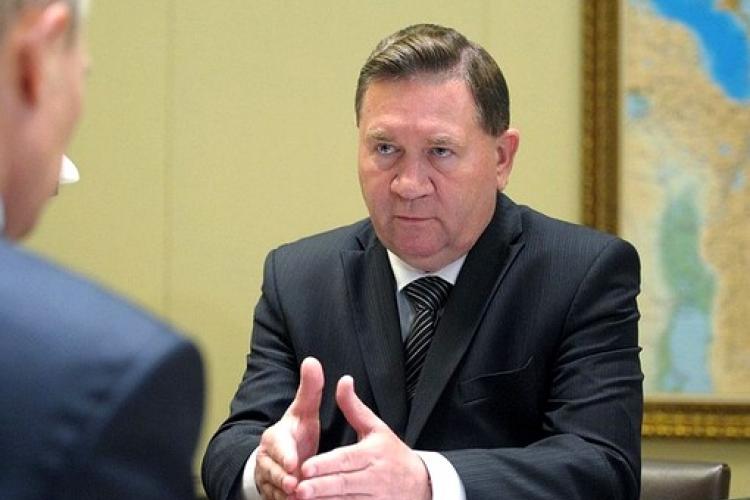
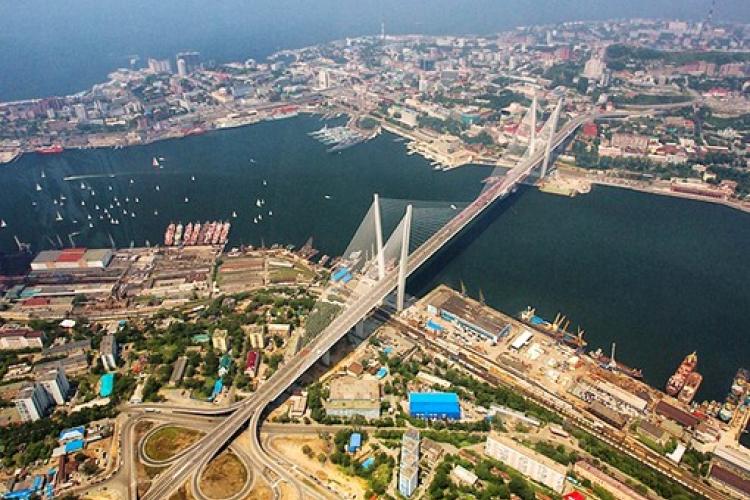

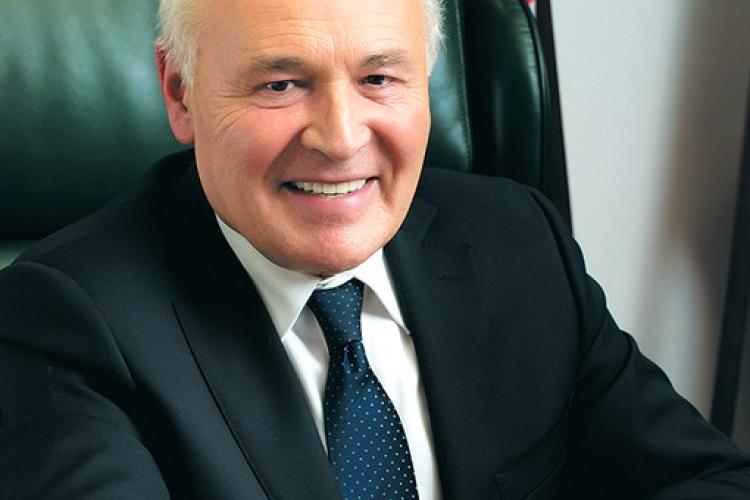
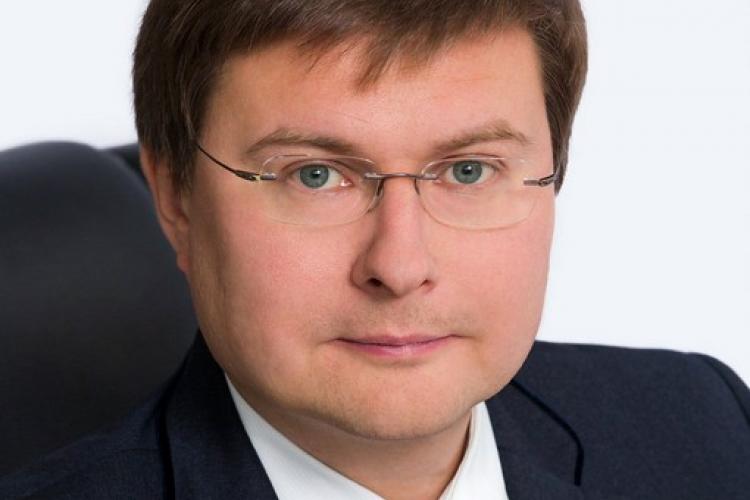
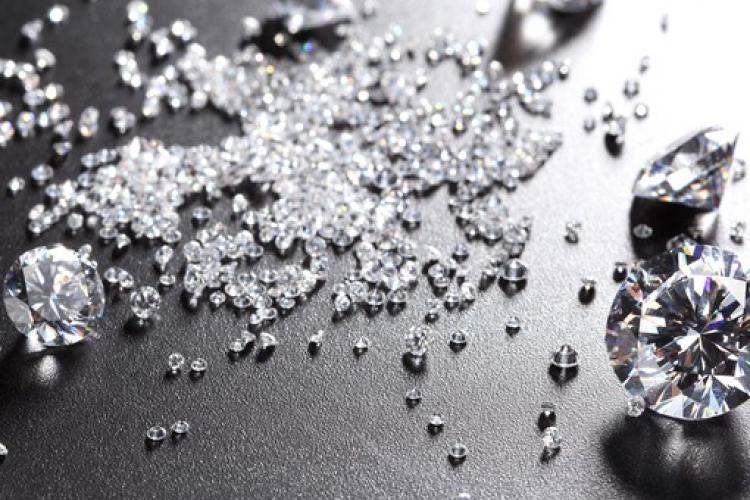

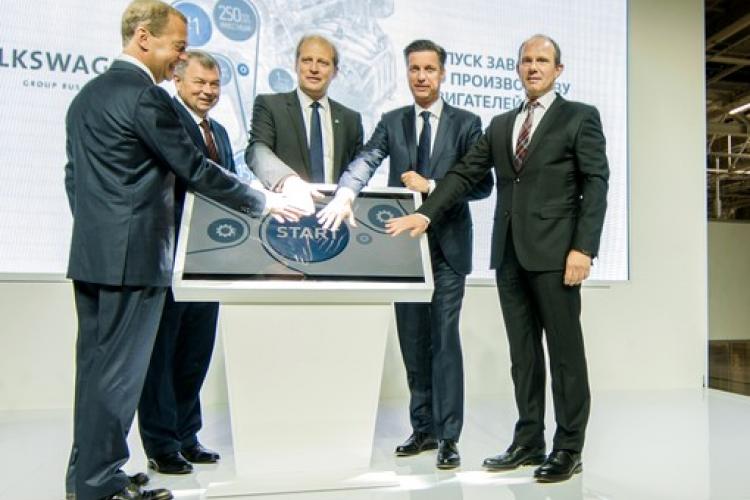
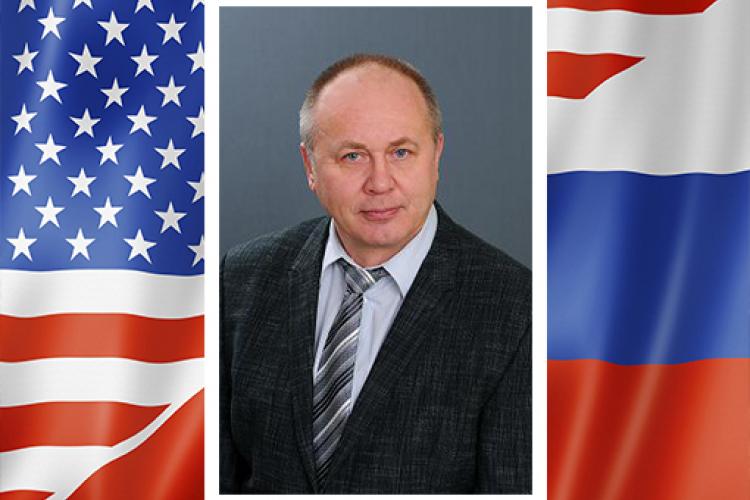

Leave a comment